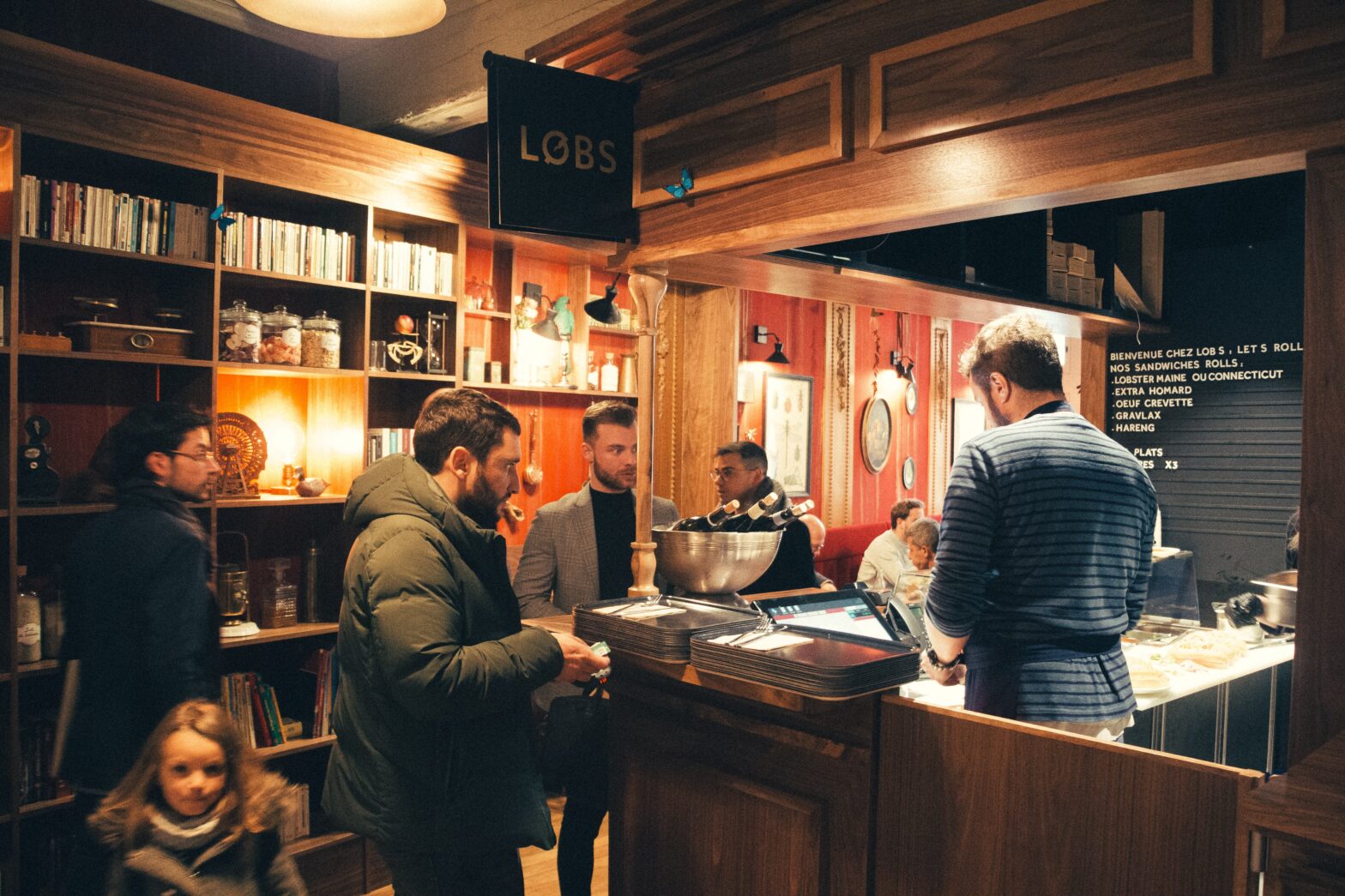It is not the first year that it has been said that food delivery businesses will grow. All this leads to the emergence of new infrastructure solutions. In particular, it is about creating so-called ghost kitchens. Startups build equipped kitchens that can be rented by one or more businesses. This is used by both small companies that want to test a product and demand for it, without investing in the creation of their own technological capacity, and large brands such as Starbucks, Red Lobster and others.
Such solutions allow companies to quickly increase the delivery area and be more flexible.
At the same time, their own dark kitchens began to create their own food delivery services, including Uber Eats. And that’s not all: new “virtual establishments” are appearing on the basis of these kitchens, which accept orders through social networks.
There are different options for vertical integration and cooperation in this area, and which of the models will be dominant is not yet clear. But we are on the verge of significant change.
Interesting fact: The National Restaurant Association in the United States predicts that by 2020, 70% of orders will take place outside of restaurants: through websites, bots, mobile applications. 74% of “millennials” choose delivery, rather than a trip to the institution, if it’s a regular lunch or dinner.
In addition, the largest companies invest in the delivery of food by drones. If this technology becomes widespread, the time and cost of order delivery will be significantly reduced, and thus this area will develop even faster.
Interesting fact: if before the take out format was common only among pizzerias, now it is a mandatory option for any establishment. Life is getting faster, and the inability to take food with you is very negatively perceived by guests.
